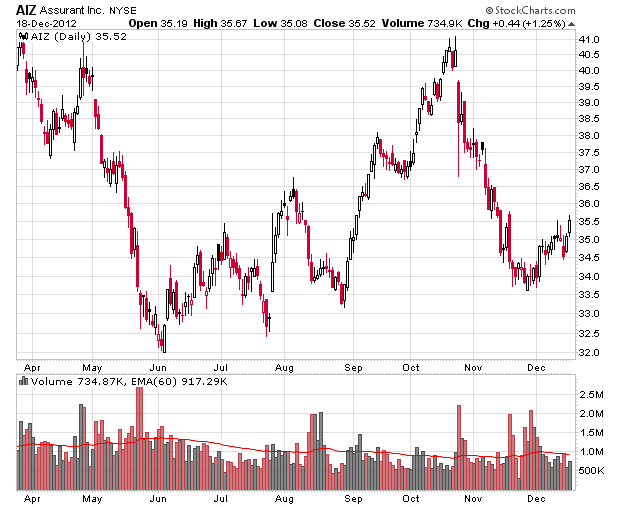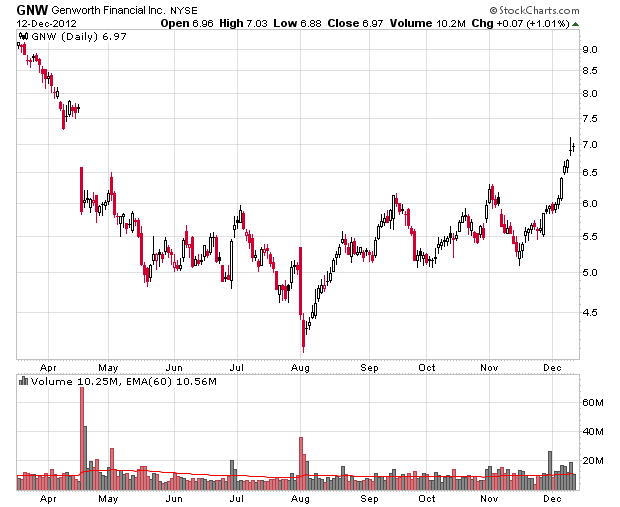I received a comment regarding the previous post on trade date vs. settlement date through email. It is comprehensive enough that I will just quote it here and thanked the individual in question for providing it.
Thank you for your posts. Regarding your post at https://divestor.com/2009/12/22/canadian-tax-rules-about-year-end-selling-trade-date-vs-settlement-date/, the link to IT-133 is broken. This is because the CRA cancelled the IT some time ago. I had considerable trouble finding out what happened to the IT, and whether or not it was due to a policy change at the CRA. So I wrote the CRA seeking a ruling on the issue of Trade vs. Settlement date. This was my reply:
Although IT-133 was cancelled, the comments contained therein continue to apply. The comments contained in paragraph 2 therein states as follows:
For the usual transactions on a Stock Exchange there is a disposition and acquisition of shares traded on a Stock Exchange, by the vendor and purchaser, respectively, on the settlement date which is the time designated by the Stock Exchange, usually two or three days subsequent to the trade date, on or before which the vendor is required to deliver the share certificates and the purchaser is required to make payment therefore.
We trust our comments will be of some assistance.
INCOME TAX RULINGS DIRECTORATE
FINANCIAL INDUSTRIES DIVISIONPlease feel free to share the response publicly, but please keep my name private.


